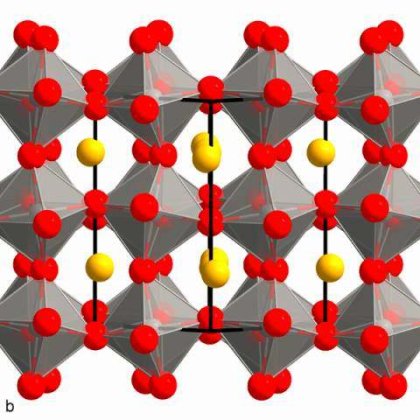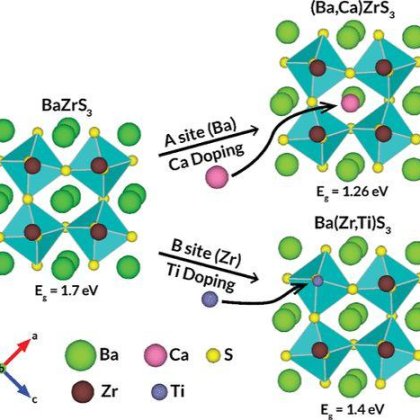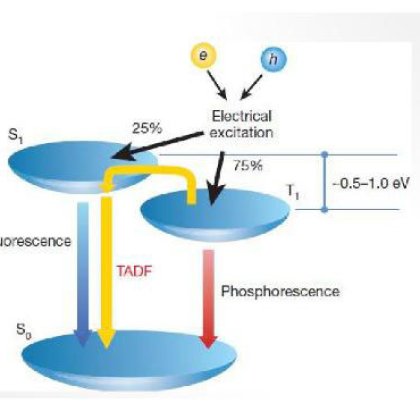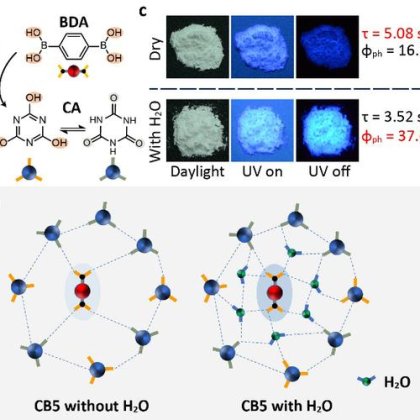| Notes | XRD & 1HNMR spectra, user instruction for enquiring |
| Store | 25℃ under N2 atmosphere |
| Packaging | 10 g, or as required in glass bottle |
| Solubility | High soluble in EtOH, DMF, DMSO, water et al |
| Appearance | White or beige solid |
| Purity | 99.5% |
| Linear Formula | CH6BrN |
| CAS Number | 6876-37-5 |
| Mol. Weight | 111.97 |
| Name(EN) | MABr |
| Synonym | CH3NH3Br/MABr |
| Stock Name | MABr |
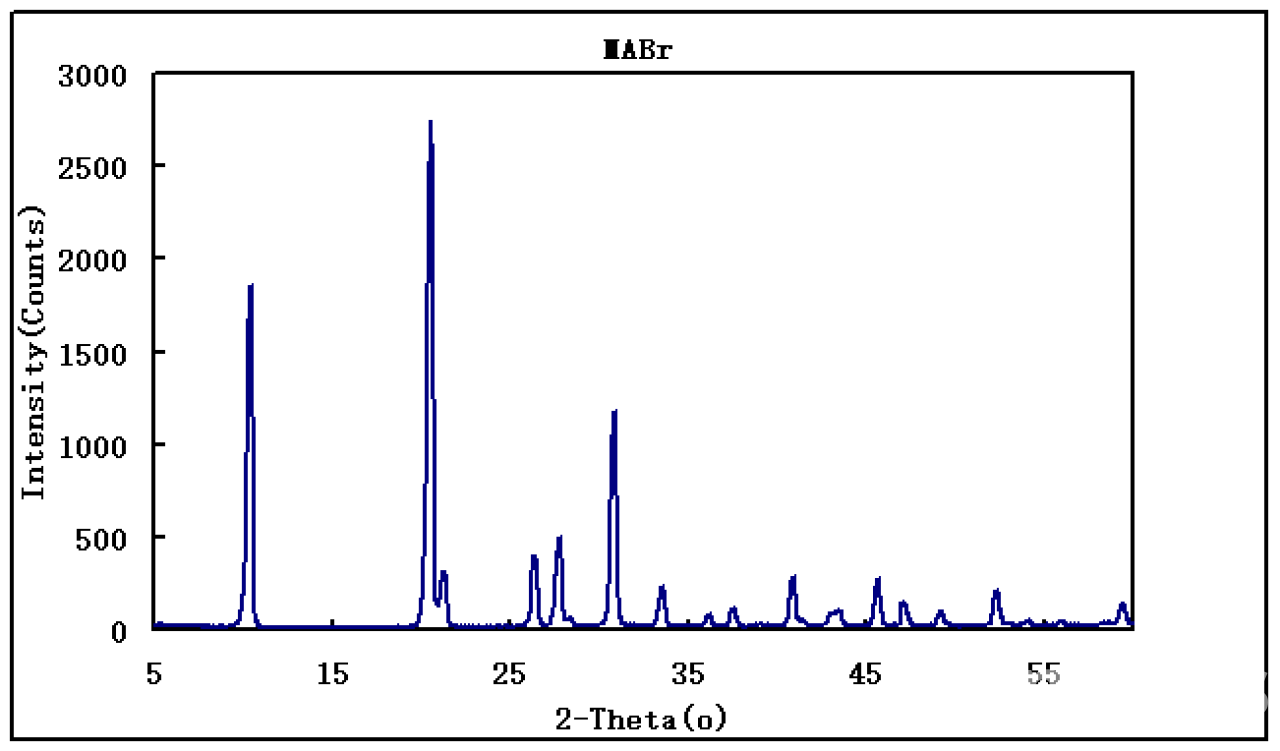
Copper doped lanthanum hydroxide nanorods as a low temperature processable hole transport material for perovskite solar cells
Zhang, Jiejing; Yang, Qingyun; Gao, Can; Wang, Xinyao; Gao, Chunxiao; Liu, Xizhe [Journal of Power Sources, 2024, vol. 590, art. no. 233797]
Abstract
For efficient perovskite solar cells (PSCs), hole transport layers (HTLs) are necessary components that can suppress recombination by collecting holes and blocking electrons. Inorganic hole transport materials (HTMs) are attractive because of their ease of preparation, low production cost and high stability. Although metal oxides and halides have been developed as the HTMs, metal hydroxides have not yet been reported as the HTMs of PSCs. In this work, copper doped lanthanum hydroxide (LaxCuy(OH)3) nanorods were firstly synthesized by the hydrothermal method as a new kind of HTM for PSCs. Although the valence band edge of La(OH)3 is slightly mismatch with that of perovskite layers, Cu dopants improve the energy level alignment at HTL/perovskite interfaces. As an acceptor dopant for La(OH)3, Cu ions also increase the hole transport ability of LaxCuy(OH)3 HTLs. Additionally, LaxCuy(OH)3 HTLs tend to encourage the crystallization of perovskite layers. As a consequence, Cu dopants lead to an increase of PCE from 11.3 % to 20.4 % for LaxCuy(OH)3 based PSCs. This promotion can be related to the reduced recombination process and the elevated charge extraction process. This work firstly applied metal hydroxide as the HTMs of PSCs, and demonstrates the regulation of these HTMs by the doping method.
Amino-rich carbon quantum dots decorated SnO2 ETL with enhanced charge extraction for efficient perovskite solar cells
Liu, Gang; Li, Yinghui; Chen, Hanyue; Ke, Lili; Xiong, Jian; Zhou, Conghua; Li, Hongxing [Journal of Power Sources, 2024, vol. 589, art. no. 233772]Abstract
An electron transport layer (ETL) with excellent conductivity and charge extraction ability plays a vital role in accelerating charge extraction and transportation for achieving highly efficient planar perovskite solar cells (PSCs). Herein, amino-rich carbon quantum dots (shortened as ACDs hereafter) with multi-roles are developed and introduced into SnO2 precursor solution to enhance the photoelectric properties of SnO2. First, the conductivity and the Fermi energy level of SnO2 are improved via electron injection from ACDs. With the help of ACDs, the conductivity of SnO2:ACDs is increased from 2.77 × 10 mS/cm to 6.56 × 10 mS/cm under illumination, which contribute to efficient charge transport and collection within PSC device. Secondly, the amino functional groups on the surface of ACDs promote the saturated growth of perovskite grain, forming high-quality photoactive layers. When deposited on the SnO2:ACDs, the average gain size of perovskite film is increased from 0.86 μm to 1.1 μm. These outstanding properties greatly accelerate the charge extraction and reduce the trap density within the perovskite layer. As a result, the PSC with ACDs exhibit a champion efficiency of 22.02 % compared with 20.33 % of the control device, and the device stability is also significantly improved.
| Characteristic 1 | Br |
| Characteristic 2 | NH3 |

